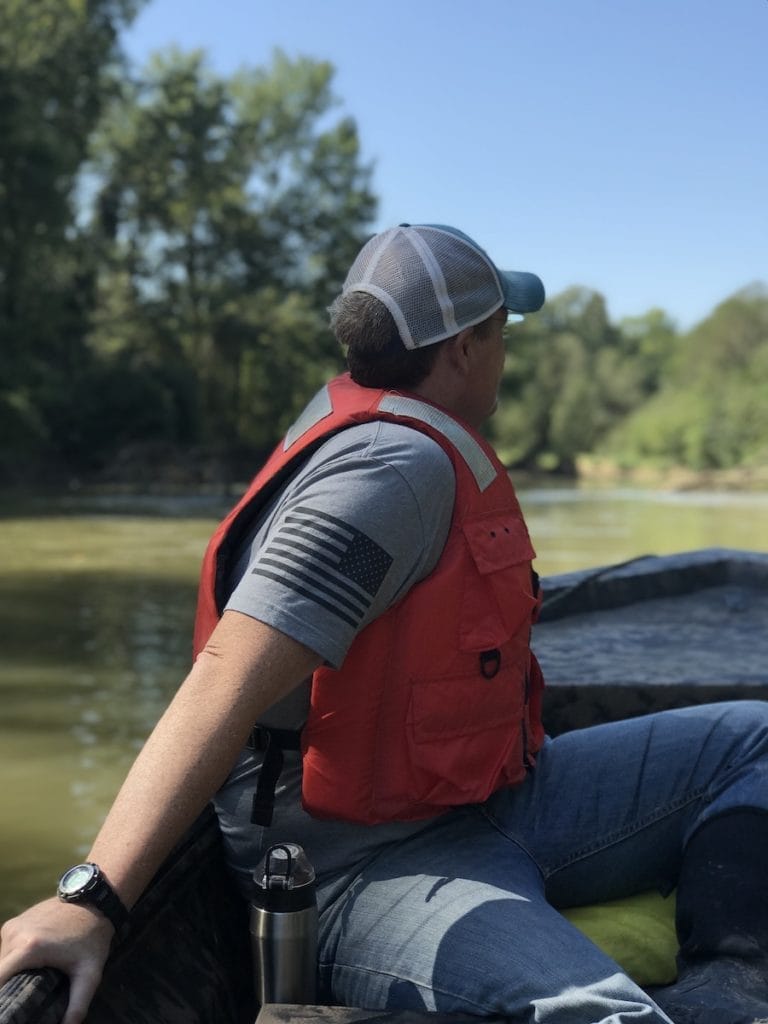

Uh oh...
It appears that you're using a severely outdated version of Safari on Windows. Many features won't work correctly, and functionality can't be guaranteed. Please try viewing this website in Edge, Mozilla, Chrome, or another modern browser. Sorry for any inconvenience this may have caused!
Read More about this safari issue.
Screenshot

School is out, the summer heat is rising, and it’s time to hit the water. Pool, lake and beach season has arrived, so it’s also time to brush up on water safety. It only takes a moment for a fun day in the water to turn into a tragedy, underscoring the importance of these water safety tips as you visit the waters around Arkansas.
According to the American Red Cross, drowning is the leading cause of death among children under the age of fourteen. While we tend to think of water safety as something that applies only to toddlers and children, the reality is that more than 50% of American adults don’t possess the necessary swimming skills to prevent drowning.
Every summer, my family and I spend time at the lake. It doesn’t take long to notice boats full of people with no life jackets in sight. Or young children playing in the water while their parents are distracted on the shore. When I notice a lack of attention to water safety around me, I find myself serving as an extra set of eyes for others. I don’t mind this role because it genuinely takes a village, but water safety isn’t difficult, and following a few basic steps could save a life.
Water Safety Tips for Toddlers and Children
- Constant Supervision – Never take your eyes off your child when they’re in or near water. Drowning can occur in less than 30 seconds, even in shallow water. Infants and toddlers should always have constant physical contact when in water, while children with limited swimming experience should be within arm’s reach. Even children who are strong swimmers should remain within your line of sight.
- Recognizing Drowning – Unlike TV and movie portrayals, drowning is usually silent. Watch for signs like silence, bobbing up and down, stiff arms extended to the sides and a still body. Learn to recognize these signs to react quickly in an emergency.
- Avoid Distractions – Put away your cell phone, camera, books, and magazines when children are in the water. It’s easy to get distracted, but a moment of inattention could lead to a tragic accident.
- Floaties Are Not Reliable – While floaties can be fun, they are not intended as life-saving devices. Always maintain hands-on supervision when a child is using floatation devices in the water.
- Swimming Lessons – Enroll your child in swimming lessons as early as possible. The American Academy of Pediatrics recommends starting at age four, but if infant swimming lessons are available, consider them for even younger children.
- Assign a Parent Lifeguard – At gatherings near water, designate a responsible adult (or two) to serve as the lifeguard to ensure someone is always focused on watching the water and ready to respond in an emergency.
- Learn CPR – Knowing CPR can be a lifesaver in a water emergency. Take a CPR class to learn this essential skill.
- Watch for Dry and Secondary Drowning – Be aware of the signs of dry and secondary drowning, although they are rare. Symptoms include coughing, chest pain, trouble breathing, extreme fatigue, and changes in mood or behavior.
- Share Water Safety Knowledge – Share water safety tips with other parents and caregivers. Being proactive and informed can help prevent water-related accidents.
Water Safety Tips for Older Children and Adults
- Learn How to Swim – If you don’t know how to swim, consider taking swimming lessons. Knowing how to swim is a fundamental skill that can prevent accidents and increase your confidence in the water, and it’s never too late to learn.
- Wear a PFD – Personal flotation devices are intended to save lives. Arkansas law requires everyone under twelve to wear a PFD while boating. Adults, especially those who are not strong swimmers, should also consider wearing them.
- Buddy Up – Don’t swim alone! Always have a friend with you, especially in open water or unfamiliar areas.
- Know the Body of Water – Know the water conditions, including depth, currents, and obstacles. Avoid swimming in unfamiliar or hazardous waters.
- Avoid Alcohol – Alcohol impairs judgment and coordination, increasing the risk of accidents in the water. Avoid alcohol consumption when swimming or boating.
- Know Your Limits – Don’t push yourself beyond your swimming abilities or endurance level, even when peer pressure is high. Swim in areas that match your skill level.
As we enjoy the water this summer, let’s prioritize safety and ensure our children and families have a fun and safe experience. Being vigilant and knowledgeable about water safety can prevent accidents and keep our loved ones safe.
Now that you’re well versed on water safety, enjoy these water-related articles:
15 Refreshing Swimming Holes in Arkansas
Arkansas “Beach” Getaways
Canoeing the Caddo
13 Arkansas Float Trips
We do the work.
You check your email.
Sign up for our weekly e-news.
Get stories sent straight to your inbox!














 Leave a Reply
Leave a Reply
[…] toys and beach towels, water toys help you cool off and provide a fun activity. Brush up on your water safety, and don’t forget your water safety, and don’t forget your […]